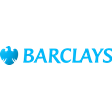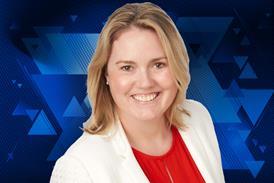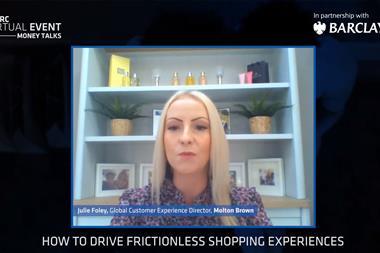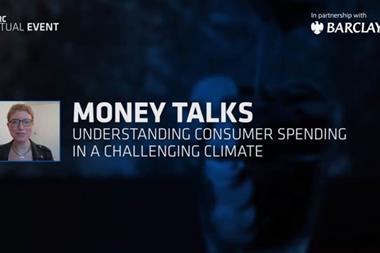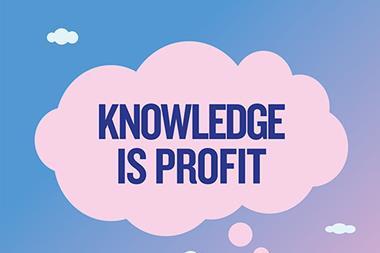The list of products and services that consumers consider ‘essential’ is growing quickly. And with new restrictions limiting many people’s movements, spend on home-related goods, such as kitchen installation and electrical equipment, is on the rise, writes Costa Stathis, head of business propositions at Barclays Partner Finance.
The latest Barclays spending report reveals that essential spending is up 6% as consumers look to complete unfinished DIY projects and kit out makeshift offices.
But, interestingly, we’re seeing and hearing that consumers are thinking differently about the way they want to pay for now essential high-value items.
Luxuries are becoming essential
In our post-lockdown survey of UK consumers, 57% of respondents said the pandemic wouldn’t stop them from making a high-value purchase – which supports the increase in essential spend we can see in our latest spending report.
Bikes, home-gym equipment, computers – they’re all in demand at the moment due to changes in people’s circumstances.
Before the pandemic, many of these items could have been considered a ‘luxury’ or ‘high value’. Yet consumer behaviour in recent months suggests that the headline price of these products is becoming less relevant.
“57% of respondents said the pandemic wouldn’t stop them from making a high-value purchase”
That’s because the consumer mindset is shifting.
Instead of making a purchase decision based on the overall cost of an item or service, they’re breaking this down into more manageable monthly repayments.
It’s something we’ve all been doing for a long time, but less so with essential one-off purchases. For example, we budget for mortgages and utility bills based on their monthly cost, rather than the overall price tag.
Post-pandemic payment preferences have shifted
At Barclays, we have the ability to see a vast array of the spending in the UK and it is clear that this shift in consumer mindset is driving the increased spend we’re seeing across a broad range of items and services. And there’s a simple way retailers can accommodate this new consumer need.
Point-of-sale finance can offer consumers the option to spread the cost of their purchases; however, with interest-bearing credit, the cost of the item may be more.
Point-of-sale finance highlights the monthly cost of the product so the consumer can see how it fits with their monthly budget – similar to the way a subscription service works.
“72% would be more likely to buy a high-value item if 0% finance was offered on monthly repayments”
There’s no pressure, either. Consumers can apply straight from checkout in their own time from the comfort of their own home.
Our post-lockdown survey revealed that 72% would be more likely to buy a high-value item if 0% finance was offered on monthly repayments*.
And as we continue to see spend increasing on a variety of goods, a finance option could be a valuable tool for retailers as they look to adjust and enhance the shopping experience they provide.
* Barclays Partner Finance research survey Explore the Way Your Customers are Spending in the Age of Coronavirus (based on the responses of 1,028 consumers in July 2020)
Costa Stathis is head of business propositions at Barclays Partner Finance
